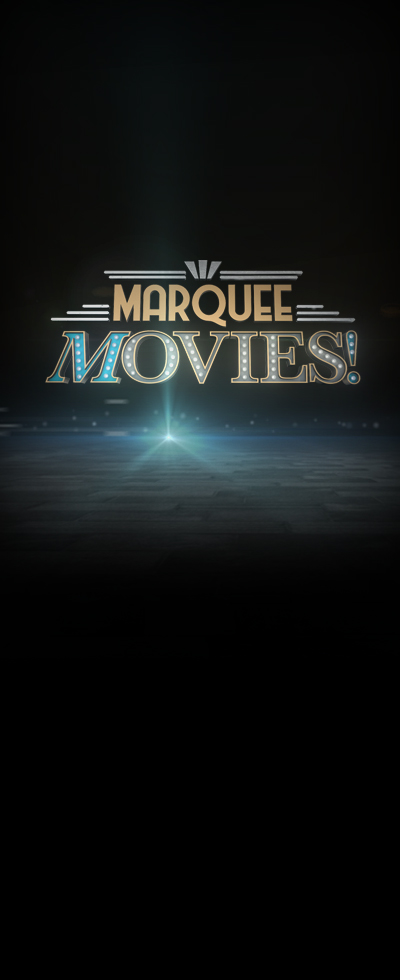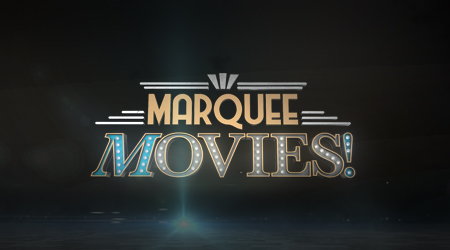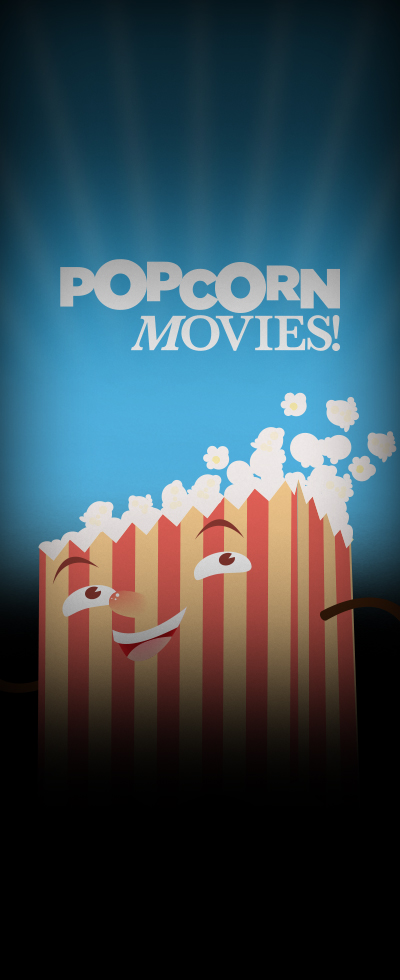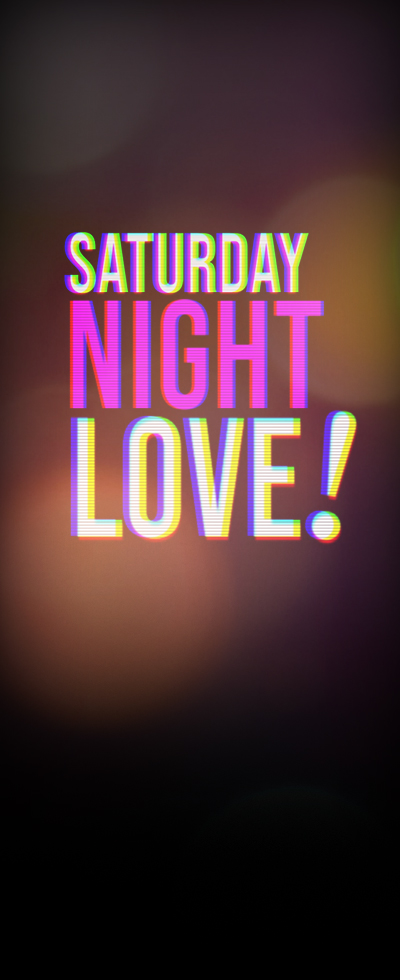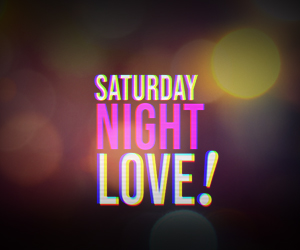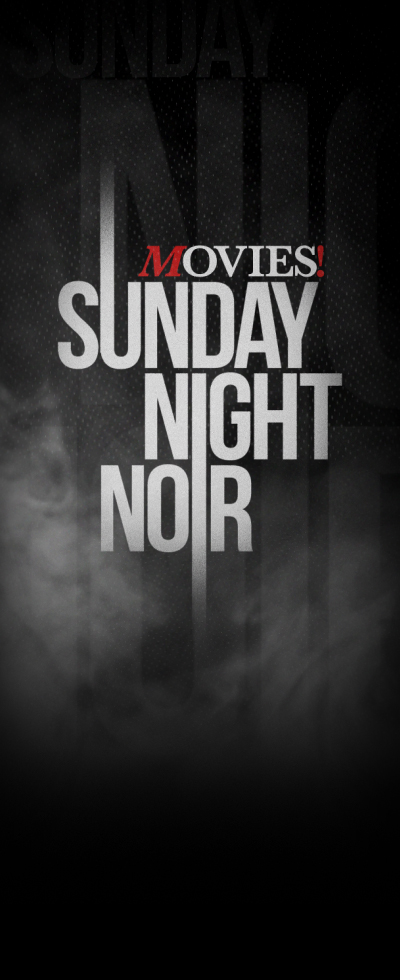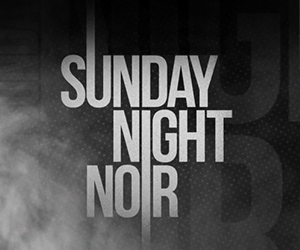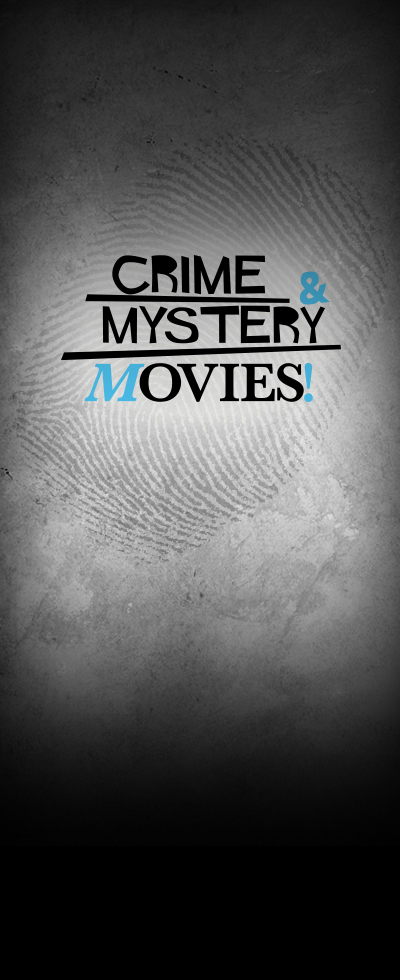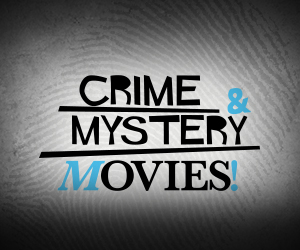For showtimes, click here.
In the 1950s, Nicholas Ray wanted his next project to focus on the problems of young people.
The rise of crime among teenagers was intriguing for the director, and Warner Brothers just so happened to be looking for a vehicle for rising stars.
The film that eventually took shape was, of course, Rebel Without a Cause, which would cement James Dean as a teen idol for generations to come.
1. The title was unrelated.

Warner purchased Rebel Without a Cause: The Story of a Criminal Psychopath by Robert Linder but was unable to get the project off the ground – mostly since it was a case study, not a narrative. Even Ray passed on adapting it, since he wanted his story to focus on “ordinary” teenagers with the adults seen through their eyes, a big difference for movies at that time. The studio purchased his seventeen page treatment entitled “The Blind Run” for $5,000, and the journey to the iconic movie began. Despite not being about the study, Warner decided that the film would still bear the name.
2. Dean was wooed.

The studio suggested Tab Hunter, John Kerr, and Robert Wagner. Marlon Brando had actually screen tested for the role before Ray became involved. James Dean came into the mix after the director saw a rough cut of Elia Kazan’s East of Eden. He was impressed with Dean’s performance, but was unsure about the actor’s reputation – as he had heard humors of his mischievousness. With his star rising, Dean was advised to wait for a big project. So, Ray involved James in the process of crafting Rebel, knowing that in doing so he wouldn’t turn the film down. Thankfully, production on Giant was also delayed which allowed Dean to take the part.
3. A child star was almost cast as Judy.

Debbie Reynolds, Carroll Baker, and Jayne Mansfield were considered for the part of Judy. The director wanted child actress Margret O’Brien for the part, but her mother didn’t think it was a good fit. Natalie Wood campaigned for the role, and eventually, Nicholas Ray sent this memo: “We just spent three days testing 38 kids… There is only one girl who has shown the capacity to play Judy, and she is Natalie Wood.” Wood herself said, “I felt exactly the way the girl did in the picture toward her parents… It was really about my own life.”
4. Sal Mineo was a late addition.

Bobby Hyatt was actually already cast in the role when Mineo auditioned. However, Sal’s screen test, filmed on a set created for A Streetcar Named Desire, showcased his chemistry with Wood and Dean so clearly that he took the role instead. “I was almost sick, I wanted the part so badly,” Mineo said.
5. It was originally black-and-white.

Ray began filming in black-and-white before redoing everything to be in color, allegedly at the request of Jack Warner, who anticipated a hit. Interestingly, in the first version James Dean wore glasses, and the picture opened with teenagers robbing a man of his Christmas gifts – one of which was a mechanical monkey. While the robbery didn’t survive the cut, the monkey did. The color version opens with James Dean interacting with the mechanical monkey in a sequence he completely improvised.


